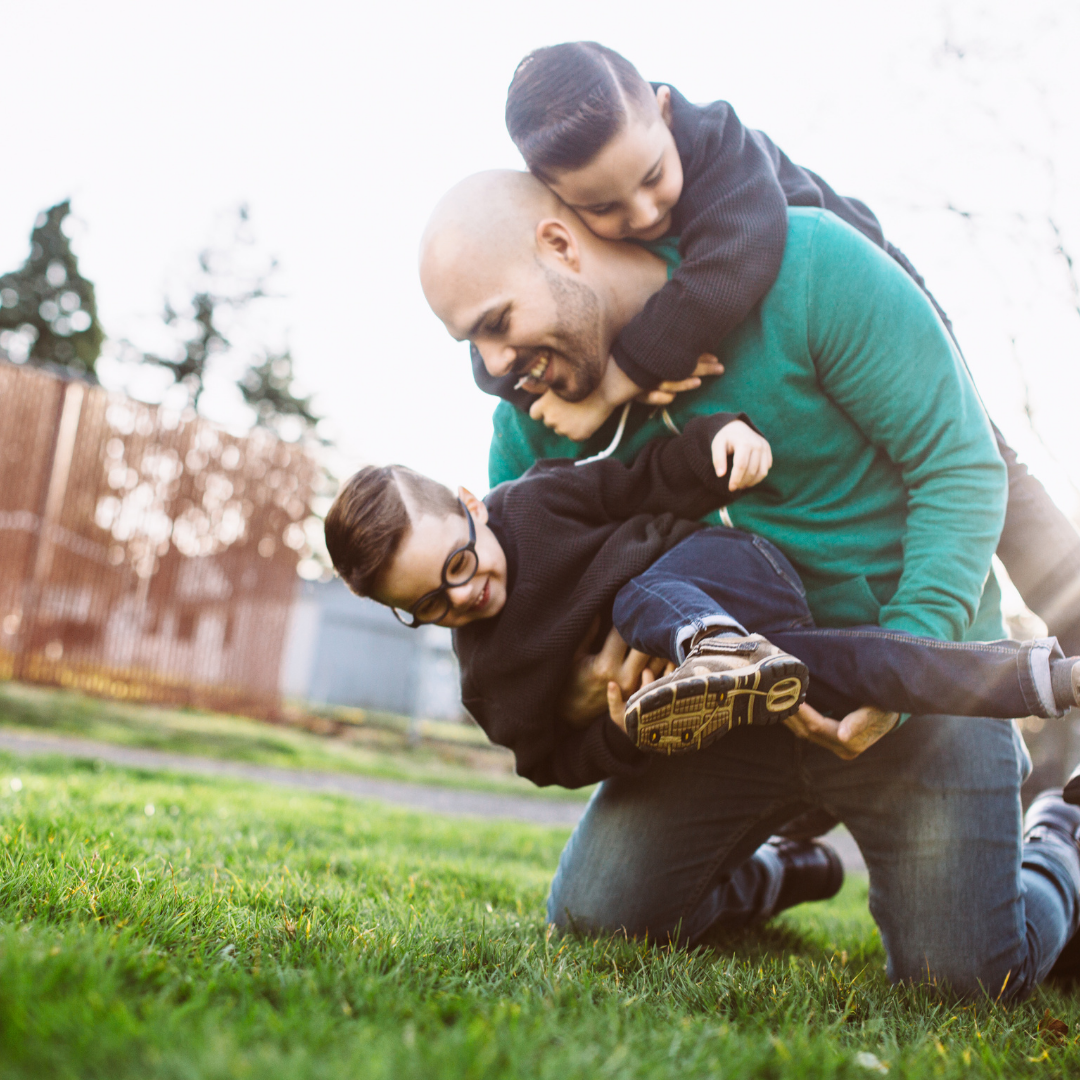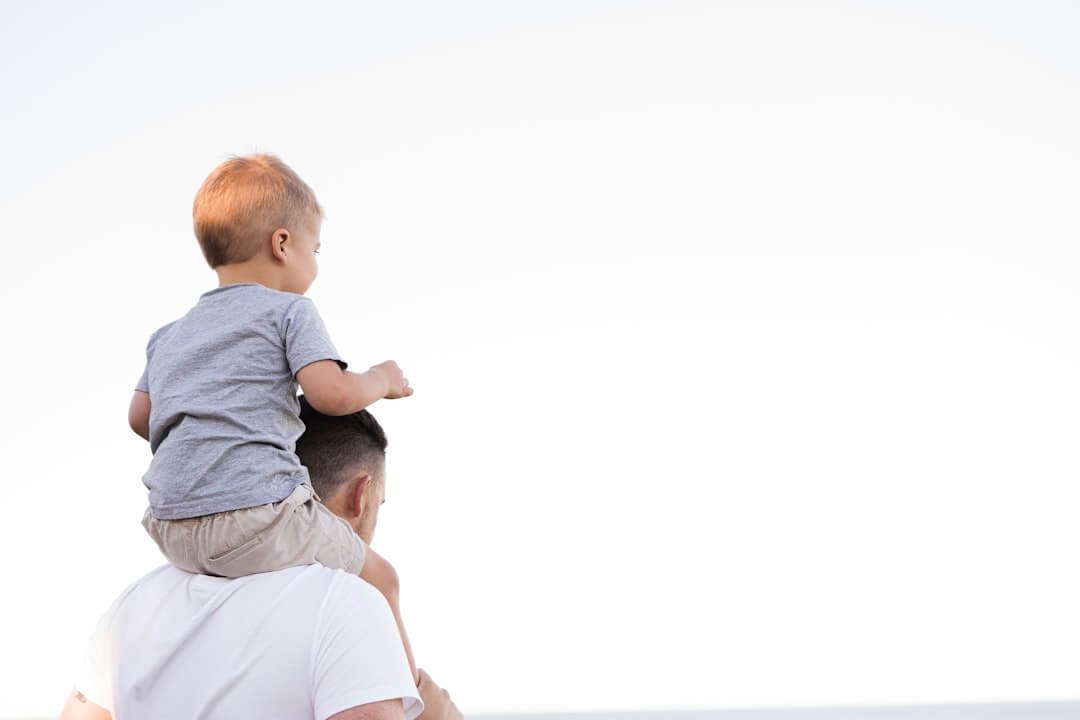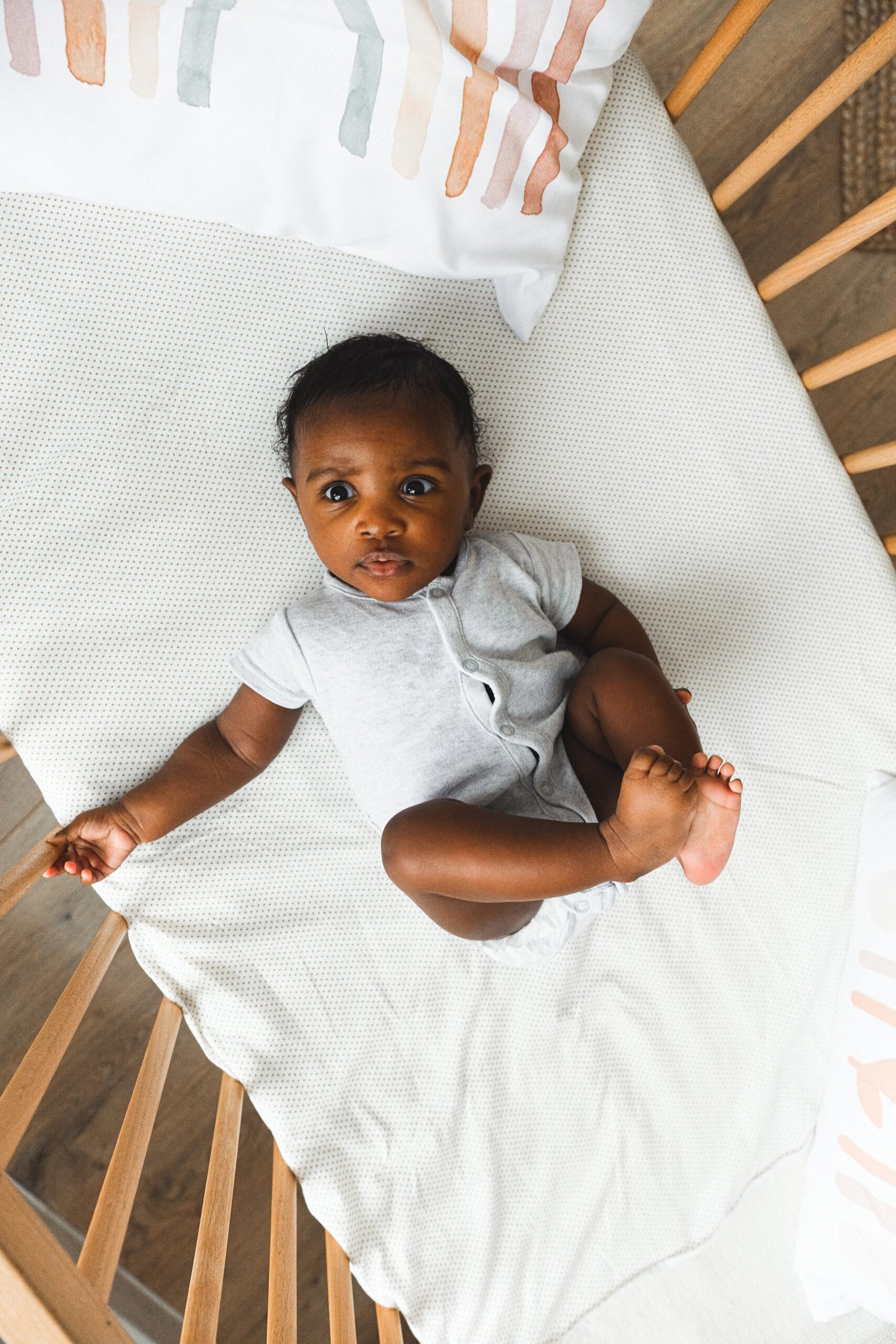I'm Rachael
Mom of 3 & Baby Sleep Expert with Big Sis Energy
& I’VE DONE ALL THE RESEARCH FOR YOU ALREADY.
Better sleep for the entire family
BROWSE COURSES
hey!
Proprioception: The Sixth Sense
The Other Senses
As mentioned in my last post, we all know about our five senses: sight, smell, taste, touch, and hearing. However, there are two internal senses that really impact us and our children that many people are less familiar with: the vestibular system, and proprioception. This post will focus on all things proprioception.
What is Proprioception?
Just like the vestibular system, proprioception helps your body orient and know where it is in space. However, proprioception is registered differently than the vestibular system of your inner ear. Proprioceptive receptors are found in your joints, muscles, and ligaments. These receptors or sensors are triggered when they are pulled apart or squished together during movement.Here is a nice short (1:37) video explanation of proprioception.
As you can imagine, this proprioceptive sense plays a big role in your child’s ability to function. In fact, this sense starts developing in the womb. As your child pushes against the uterine wall, your child starts to make a map of their body where it is in relation to itself and things around them. Through the input of this sense, they also start to learn where their body parts are and how they move.
Specifically the input from this system helps us:
-
Allows your body to know where your parts are in relation to each other (like your shoulders are above your hips, etc). This allows your body to coordinate your movements without having to look. These receptors also allow your body to perceive where your body is in relation to things around you.
-
Allow the body to register how much pressure is being placed on your body from its environment: For example, this allows your child to perceive the sensation of a gentle back tickle vs. a tight hug. In fact, some proprioceptive receptors can be found in your skin.
-
Allows your body to know how much force to use: With the input from the receptors of your proprioceptive system, you are able to do simple activities like holding an egg, or taking a sip from a paper cup without crushing it.
Why Is The Proprioceptive Sense Important?
As you can see above, this input is very important to the day to day functioning of your child. The vestibular system plays an important role in the development of your child and their participation in the following activities:
-
Participation in self-care: proprioception allows your child to know how much pressure to apply when they touch their face. It also allows them to know where their body is, so they can do tasks like brushing their hair, without needing to look to know their head is above their shoulders.
-
Gross motor activities: Activities like kicking as they sit in their car seat, or climbing on the playground give input to your child’s proprioceptive receptors in their joints. This allows them to make a map of their body which allows them to participate in all types of play and eventually sports.
-
Fine motor activities: Proprioception allows your child to know how much pressure to apply when they are drawing or writing with a pen or pencil. If your child plays the piano, they use this sense to know how much pressure to place on the piano keys.
-
Ability to focus and be alert: As this article explains, “When receptors known as proprioceptors are stimulated, the arousal center of the brain is provided with information about our movements and body position. Within this system, there are three major components of the brain, which interact and impact a child’s level of alertness (the cortex, limbic system and cerebellum). Therefore, by providing children with proprioceptive input throughout the day they can be assisted to maintain an optimal state for learning and focused attention.”
-
Self-regulation: This input in our joints can be calming for many people, especially those that find sensory input overwhelming. That is, in part, why items like weighted blankets have become popular items for people who find that gentle weight calming.
Signs Your Child Might Have Problems With This Sense:
Like any system in the body, the proprioceptive system can have issues and not work properly. Some signs that your child’s proprioceptive system is not functioning well could include:
-
Significant clumsiness, including bumping into items and falling off of chairs
-
Consistently plays too “rough” and craves intense physical activity
-
Using too much force or pressure during activities, such as pressing down to hard when they are writing
As noted here, it can be difficult to spot proprioceptive dysfunction in toddlerhood, because little ones often appear very active or uncoordinated. As always, if you notice any of these signs consistently, or are concerned your pediatrician or a pediatric physical or occupational therapist can offer guidance.
Use Proprioception As A Tool To Help Before Bedtime!
Giving your child proprioceptive input for bed time can be really helpful to help your child transition to bedtime. Make sure if you are going to do this, you do it at least 15 minutes before bed, as it can be calming, but does take some time to work. Check out below for lots of ideas on how to give this input! Other times of day when giving proprioceptive input can help:
At home, heavy work or deep pressure input may include:
-
Prior to mealtimes, or times when a child is expected to sit still
-
As a part of their daily routine, e.g. when they wake up, before they go to school, when they get home, and before they brush their teeth and get ready for bed (as noted above)
How Can You Give Your Child Proprioceptive Input Throughout Their Childhood?
Infancy (ideas compiled from several sources)
-
Swaddling (check out my article for more information about this practice. I do not recommend swaddling after 8 weeks of age, but proprioceptive input can still happen in a sleep sack)
-
Baby massage
-
Tummy time
-
Container free time
-
Games that encourage baby to reach for objects
-
Joint compressions – here’s a great video here. In my personal practice as an OT I have found these to be so helpful in helping kids of all ages (preschool-adult) to calm down before doing an activity that requires focus. Highly recommend giving them a try!
-
Crawling
Toddlerhood
You may see a term called “heavy work” that is used to describe proprioceptive activities. These are typically activities that require a lot of effort, either pushing, or pulling. If your child is working hard moving and using effort, they are getting that proprioceptive input in their receptors.
-
Helping with jobs around the house (i.e. wiping the table, pushing a mop, etc.)
-
Carrying objects
-
Pushing a push cart
-
Being “smashed” between a pillow and the bed, with a couch cushion, mat, etc.
-
Tight hugs
-
Cardboard boxes: squeezing into, jumping on, pulling the cardboard apart, pushing items in the box, etc.
-
Smashing playdough
-
Chewing and blowing bubbles
Preschool-aged Children
-
Cardiovascular activities such as running, jumping on a tramp
-
Wheelbarrow walking (hold child’s legs and they walk on their hands)
-
Gardening
-
Lying on stomach and rolling on a ball or bolster
-
Rolling child up in a blanket to make a “taco” and adding “ingredients” (by gently pushing them) on top
-
Obstacle courses
-
Here is a video with some cute ideas and games such as animal walking
-
Pushing heavy doors
School-aged Children
As a school OT I love to use heavy work and other activities to support my students in class when they are required to sit and focus. Here is a great list of activities children can do at school (and home) throughout their day to get input. This list, including the hyperlinks, was taken from this website where there is also a lot of helpful information about when, and how to incorporate these types of activities into the school day. The site is targeted for autistic people as they commonly have challenges with proprioception, but I think these are great activities for children of all abilities.
-
Chair-based exercises: Hand pushes, Hand pulls, Head compressions, Chair push ups, Theraband on chair, Squeezing a stress ball
-
CLASSROOM BASED EXERCISES: Wall pushes, Push ups, Lifting weights e.g. tins, books, dumbbells, Jogging on the spot, Star jumps, Bouncing on therapy/exercise ball
-
OTHER EXERCISES: Climbing wall bars/ropes in PE Hall, Throwing/catching weighted ball, Gymnastics- handstands, cartwheels, using gym equipment, Jumping e.g. hop scotch, Tug of war, Bouncing on space hopper
-
FUNCTIONAL ACTIVITIES: Wiping benches and tables, Brushing/mopping floors, Holding doors open, Carrying piles of books, Carrying a backpack with a heavy item in it, Stacking chairs, Moving furniture, Putting out and tidying away PE equipment
-
ORAL ACTIVITIES: Blow football i.e. blowing cotton wool along a table to score goals, Drinking through a straw of bottle with a sports cap, Playing a wind instrument, Blowing up a balloon, Drinking a thick liquid through a straw e.g. milkshake, yogurt, custard
-
PASSIVE ACTIVITIES: Steamroller: student lies on stomach and an exercise ball is rolled over his/her back, Applying deep pressure to shoulders/arms
Looking for more ideas? Find some great examples outlined here and here.
This sensation is so important for your child, and there are so many fun ways to connect with them while giving them proprioceptive input. I hope this article gave you some more understanding of how this system works and some playful, fun ways you can foster your child’s development of this key sense.




Was This Helpful? Save It For Later!
binge reads
We think you'll love these
You deserve to the
baby stage, not just "survive it."
And you DON'T have to sacrifice your values, ignore your instincts, or force yourself to follow a method you don't align with just to get your baby back to sleep.
I’m here to help you create a restful, sustainable sleep environment that honors both your baby’s needs AND your own (without the stress OR the guilt!) because, no, you don’t have to choose between the two.
enjoy!
BABY SLEEP COURSES →
BABY SLEEP CONSULTS →
Wish you could help your baby sleep better without resorting to sleep training? Download my FREE guide to a good night’s sleep and learn 8 simple, science-backed tips for supporting your child’s needs.
Traditional sleep training methods don’t have to be your solution to better sleep.
SLEEP TRAINING ISN’T THE ONLY WAY TO GET GOOD SLEEP
Hey, I'm Rachael and Hey, Sleepy Baby is for parents who want to get their nights back, without sleep training their babies.
NO ONE TOLD US POD
explorING the untold truths of parenting









